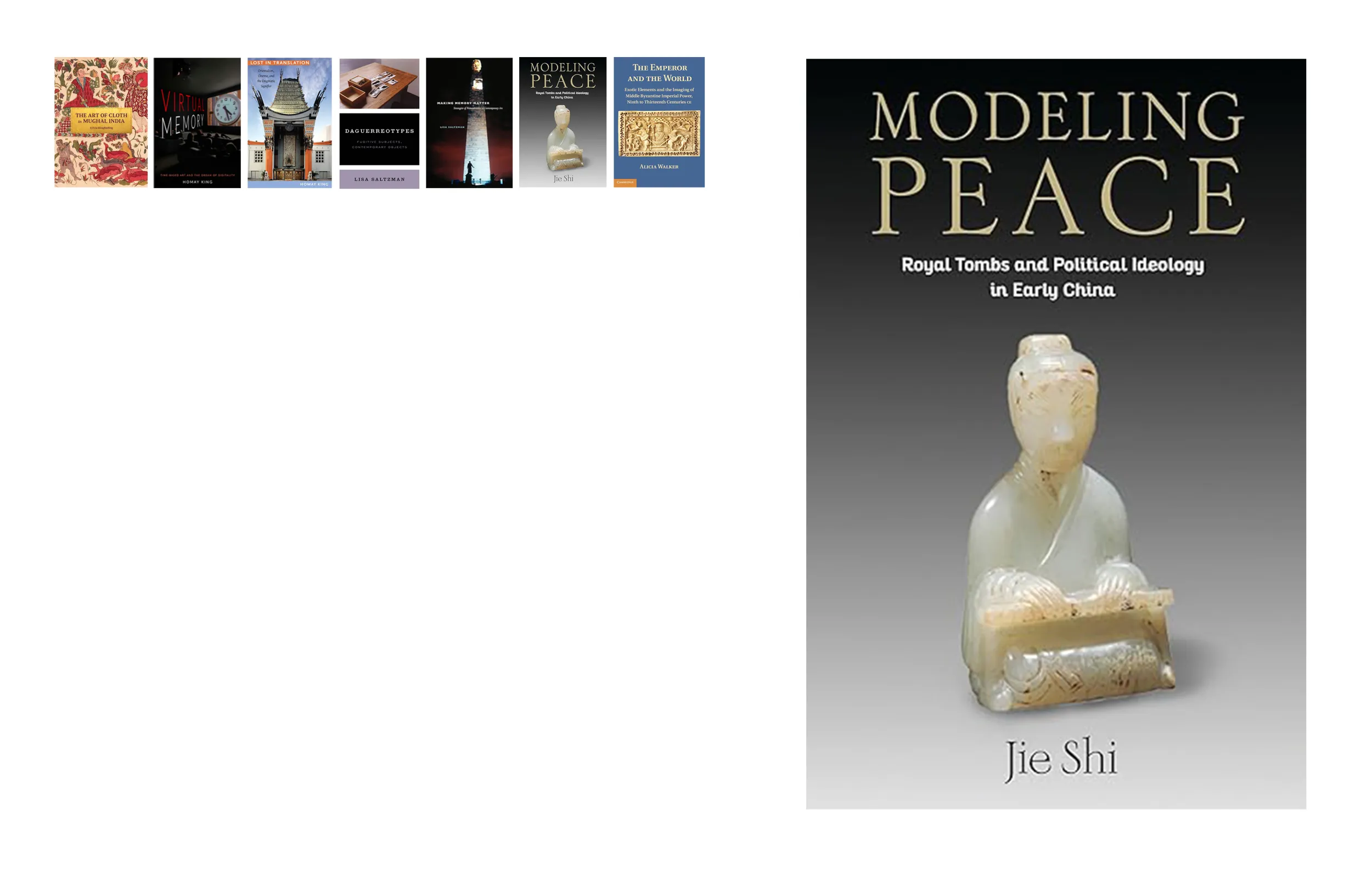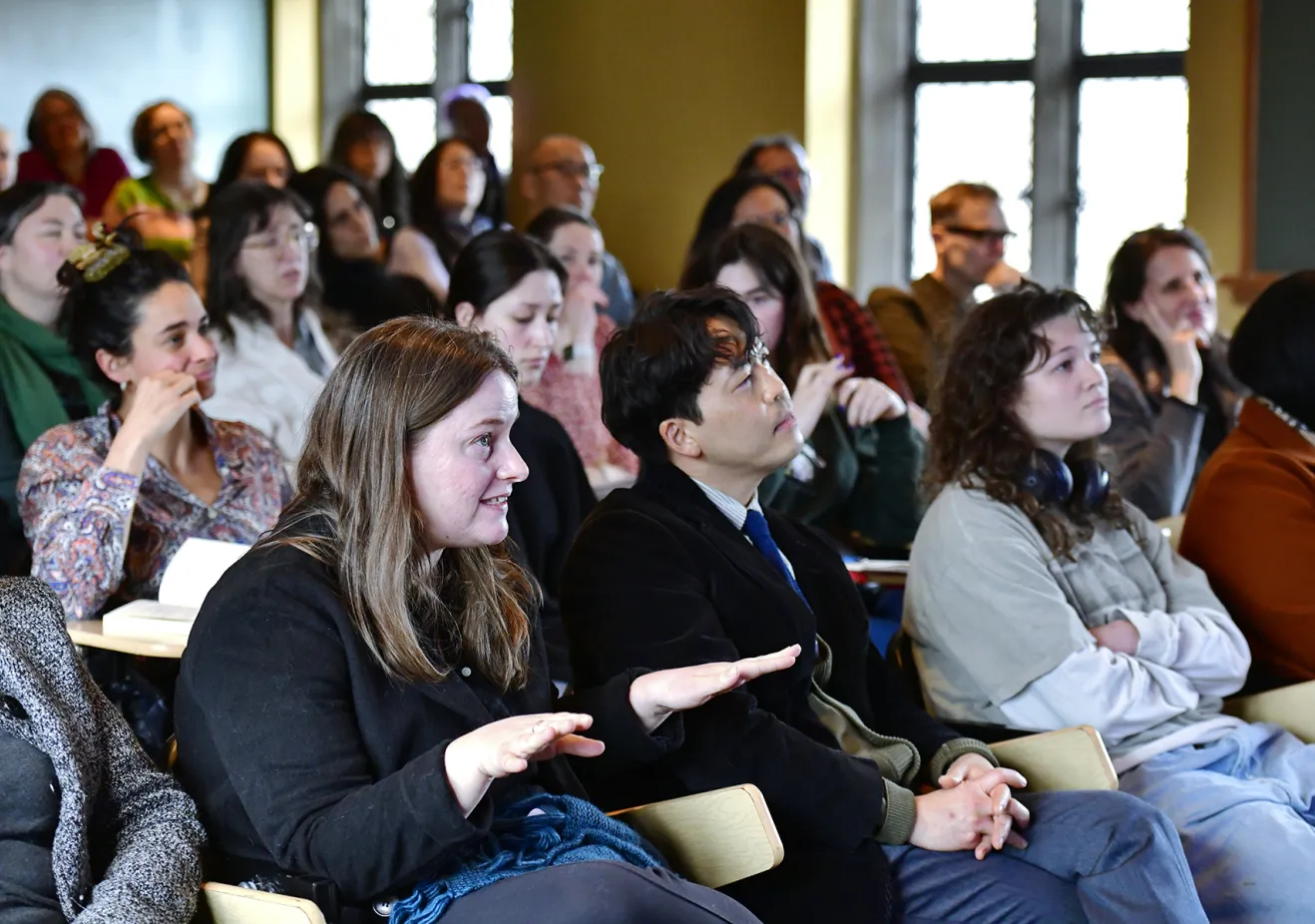
Ph.D. in History of Art
About our History of Art Ph.D. Program
Bryn Mawr's Department of History of Art offers a Ph.D. degree in art history from late antiquity through the present. An M.A. degree is obtained in the process of doing work toward the Ph.D.. History of Art is one of three independent departments that comprise the interdisciplinary Graduate Group in Archaeology, Classics, and History of Art.
What Sets Us Apart Among History of Art Graduate Programs
Bryn Mawr has a distinguished tradition in the study of the visual arts. The College has been cited as one of a few influential institutions that helped establish art history's place in the American academy. Erwin Panofsky produced his Studies in Iconology: Humanistic Themes in the Art of the Renaissance during his time at the College in 1937-38 on a Mary Flexner Lectureship. In the years since, the Department of History of Art expanded its geography beyond its founding focus on the arts of Europe to embrace the study of visual and material culture of the Americas and the Caribbean, the Mediterranean World, South Asia and China.
Areas of Study in our Graduate History of Art Ph.D. Program
Graduate faculty members cover the history of art and visual and material culture from early Byzantium and medieval China through to the global present. Particular areas of expertise include: the medieval afterlife of classical art and artifacts (Alicia Walker); art and visual culture in early and medieval China (Jie Shi); the global early modern and South Asian textiles (Sylvia Houghteling); the modern Atlantic world, with an emphasis on the French empire and the colonial Caribbean (C.C. McKee); modern and contemporary art and visual culture (Lisa Saltzman); film, photography and new media (Homay King).
In their scholarship and teaching, the faculty represent a range of critical and interpretive approaches. Grounded in the traditions of formalist and iconographic analysis, the faculty trains students in the methods and critiques offered by social art history, feminist and gender theory, psychoanalytic theory, trauma theory, reception theory, semiotics, post-colonial theory and eco-criticism.
Learn from our Art History Ph.D. Program's World-Class Faculty
Bryn Mawr's History of Art Ph.D. in Action
History of Art Ph.D. Student Success (or Opportunities)
Graduate of the program in History of Art have earned positions and pursued successful and distinguished careers at colleges and universities, museums and galleries, foundations and institutions around the world and made major contributions to the discipline. Here are just some of the resources and opportunities available to our students. Visit our Student Support page to learn more.
Study Carrels
History of Art graduate students receive study carrels in the award-winning Rhys Carpenter Library, which supports research in archaeology, classics, history of art and urban studies.
Teaching Experience
Graduate students have several opportunities to gain teaching experience at Bryn Mawr, with fellowships that support assistants in the History of Art department and in affiliated departments and programs such as Growth and Structure of Cities and Film Studies.
Curatorial Experience
Graduate students also have several opportunities to gain curatorial experience at Bryn Mawr, both through fellowships that support training in the College’s Department of Special Collections and at nearby institutions such as the Philadelphia Museum of Art, the Institute of Contemporary Art-Philadelphia, PAFA, the Fabric Workshop, the Penn Museum, and others.










